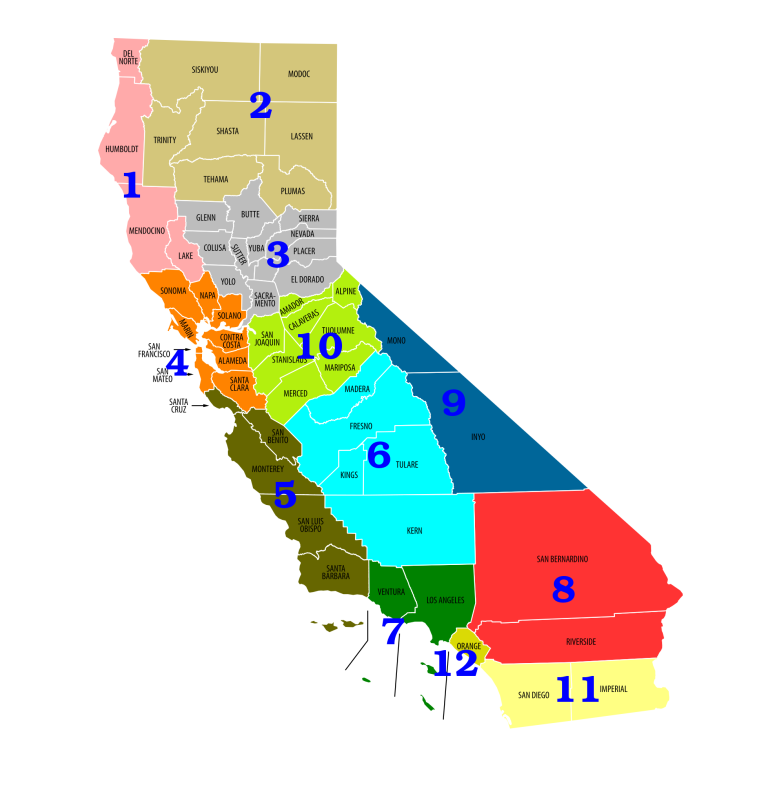Michigan Road Cams: A Guide for Travelers and Commuters
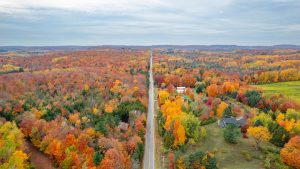
Michigan is a state that offers a lot of diversity and beauty for drivers. Whether you are looking for urban attractions, natural wonders, or historical landmarks, you can find them all in the Great Lakes State. Michigan has more than 120,000 miles of public roads, including some of the longest and busiest highways in the country. With so many options and destinations, it is important to plan your trip ahead and check the road conditions before you hit the road. That’s why we have created this website, where you can find all the road and traffic cams for each state in one place. These cams are updated every few minutes and are an invaluable resource for travelers and commuters. You can see the live traffic situation, weather conditions, road closures, accidents, and more on your route. You can also discover new places and scenic drives along the way. In this page, we will introduce you to the state of Michigan and some of the main routes, scenic drives, and cities that you can explore with our road cams.
Main Routes in Michigan
Michigan has a network of interstate, U.S., and state highways that connect the different regions and cities of the state. Some of the main routes that you can find on our website are:
- I-75: This is the longest interstate highway in Michigan, running for 396 miles from the Ohio border to the Canadian border. It passes through major cities such as Detroit, Flint, Saginaw, and Sault Ste. Marie. It also crosses the Mackinac Bridge, which is the longest suspension bridge in the Western Hemisphere.
- I-94: This is the main east-west interstate highway in Michigan, running for 275 miles from the Indiana border to the Canadian border. It passes through major cities such as Kalamazoo, Battle Creek, Jackson, Ann Arbor, and Detroit. It also connects to several other interstate highways, such as I-69, I-96, and I-275.
- I-96: This is another east-west interstate highway in Michigan, running for 192 miles from Muskegon to Detroit. It passes through major cities such as Grand Rapids, Lansing, and Livonia. It also connects to several other interstate highways, such as I-196, I-69, and I-275.
- US-2: This is a U.S. highway that runs along the northern edge of the Upper Peninsula of Michigan, for 291 miles from the Wisconsin border to the Canadian border. It passes through scenic areas such as Hiawatha National Forest, Pictured Rocks National Lakeshore, and Tahquamenon Falls State Park. It also crosses the Mackinac Bridge, along with I-75.
- US-23: This is a U.S. highway that runs along the eastern edge of the Lower Peninsula of Michigan, for 362 miles from the Ohio border to the Canadian border. It passes through scenic areas such as Huron National Forest, Tawas Point State Park, and Thunder Bay National Marine Sanctuary. It also passes through major cities such as Ann Arbor, Flint, and Alpena.
- US-31: This is a U.S. highway that runs along the western edge of the Lower Peninsula of Michigan, for 356 miles from the Indiana border to the Mackinac Bridge. It passes through scenic areas such as Indiana Dunes National Park, Sleeping Bear Dunes National Lakeshore, and Traverse City. It also passes through major cities such as South Bend, Benton Harbor, Holland, and Muskegon.
Scenic Drives in Michigan
Michigan is a state that boasts some of the most beautiful and diverse landscapes in the country. From the shores of the Great Lakes to the forests and hills of the interior, there is something for everyone to enjoy. Here are some of the scenic drives that you can find on our website:
- M-22: This is a state highway that runs for 116 miles along the Leelanau Peninsula and the Lake Michigan shoreline. It is considered one of the most scenic routes in the state, offering stunning views of the lake, sand dunes, lighthouses, vineyards, and quaint towns. Some of the attractions along the way include Sleeping Bear Dunes National Lakeshore, Point Betsie Lighthouse, Fishtown, and Glen Arbor.
- M-119: This is a state highway that runs for 27 miles along the Lake Michigan shoreline, from Harbor Springs to Cross Village. It is also known as the Tunnel of Trees, because of the dense canopy of trees that line the road. It is a narrow and winding road that offers spectacular views of the lake, bluffs, and forests. Some of the attractions along the way include Good Hart, Legs Inn, and Wilderness State Park.
- M-28: This is a state highway that runs for 290 miles along the southern edge of the Upper Peninsula of Michigan, from Wakefield to Sault Ste. Marie. It is the longest state highway in the state, and passes through some of the most remote and scenic areas of the region. Some of the attractions along the way include Porcupine Mountains Wilderness State Park, Lake Gogebic, Seney National Wildlife Refuge, and Tahquamenon Falls State Park.
- M-37: This is a state highway that runs for 221 miles from the Indiana border to the Traverse City area. It passes through some of the most fertile and productive agricultural lands in the state, as well as some of the most scenic natural areas. Some of the attractions along the way include Fruit Ridge, Yankee Springs Recreation Area, Manistee National Forest, and Old Mission Peninsula.
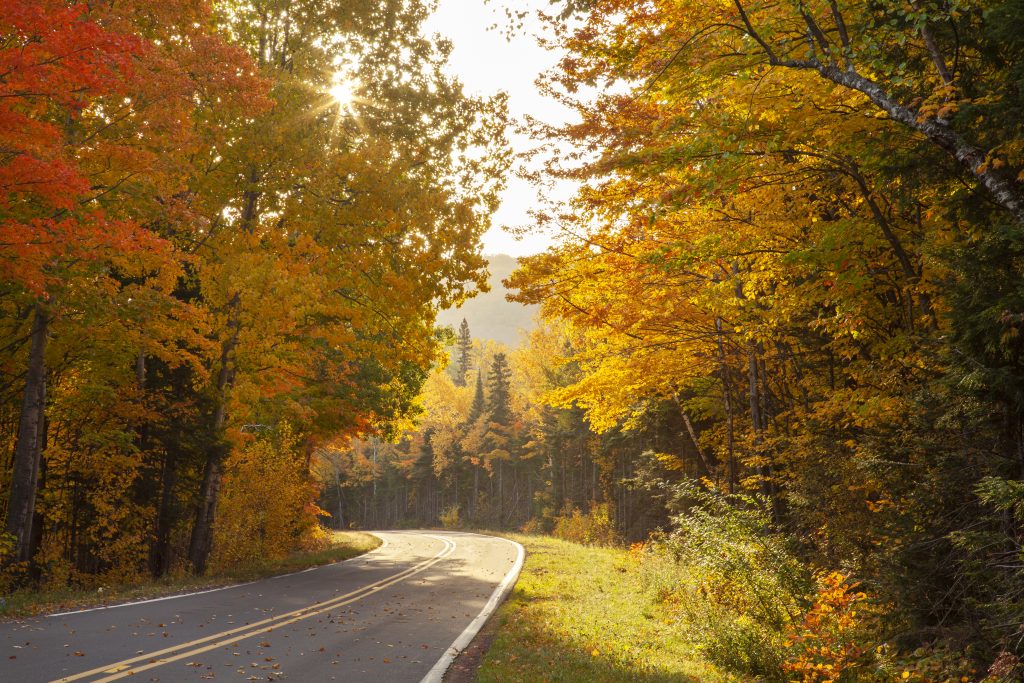
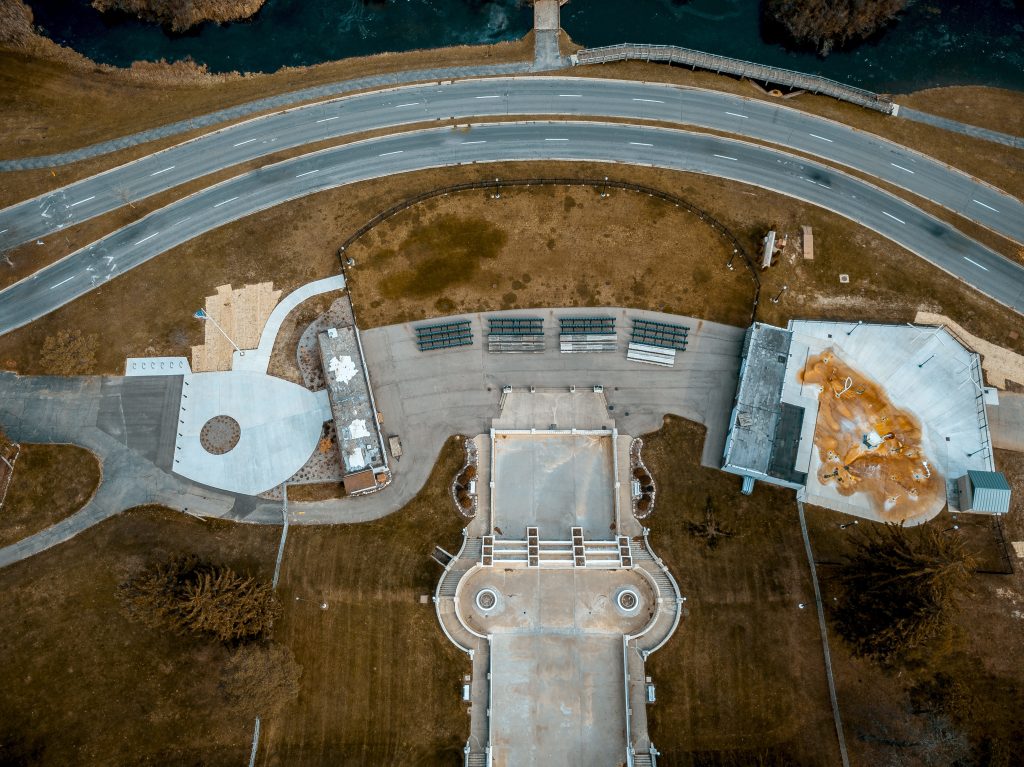
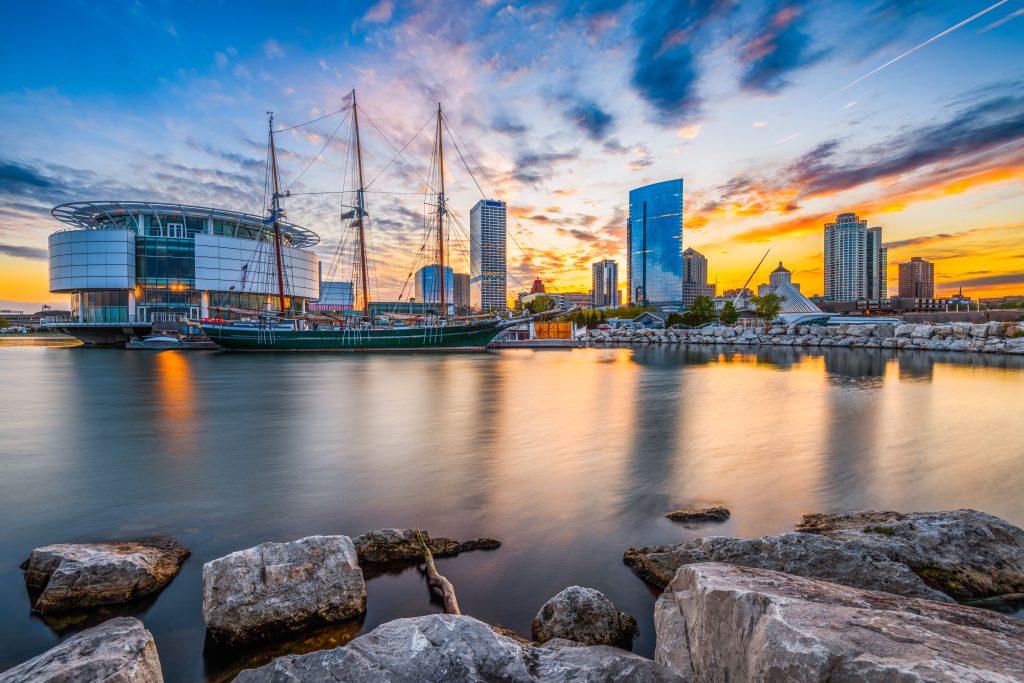
Main Cities in Michigan
Michigan is a state that has a rich and diverse history and culture, reflected in its cities. From the industrial and musical legacy of Detroit to the academic and artistic excellence of Ann Arbor, there is something for everyone to discover and enjoy. Here are some of the main cities that you can find on our website:
- Detroit: This is the largest and most populous city in Michigan, with about 670,000 residents. It is also the largest city on the U.S.-Canada border, and the seat of Wayne County. It is known as the Motor City, because of its role as the center of the U.S. automotive industry. It is also known as the Motown, because of its influence on the music industry, especially in the genres of soul, R&B, and hip hop. Some of the attractions in Detroit include the Detroit Institute of Arts, the Henry Ford Museum, the Motown Museum, and the Renaissance Center.
- Grand Rapids: This is the second-largest and most populous city in Michigan, with about 200,000 residents. It is also the seat of Kent County, and the largest city in West Michigan. It is known as the Furniture City, because of its history as a major center of furniture manufacturing. It is also known as the River City, because of its location on the Grand River. Some of the attractions in Grand Rapids include the Frederik Meijer Gardens and Sculpture Park, the Grand Rapids Art Museum, the Gerald R. Ford Presidential Museum, and the John Ball Zoo.
- Lansing: This is the capital and fifth-largest city in Michigan, with about 115,000 residents. It is also the seat of Ingham County, and the only U.S. state capital that is not also a county seat. It is known as the Heart of Michigan, because of its central location and role as the political and cultural hub of the state. It is also known as the Festival City, because of its numerous and diverse festivals and events throughout the year. Some of the attractions in Lansing include the Michigan State Capitol, the Michigan History Center, the Impression 5 Science Center, and the Potter Park Zoo.
- Ann Arbor: This is the sixth-largest and seventh-most populous city in Michigan, with about 114,000 residents. It is also the seat of Washtenaw County, and the home of the University of Michigan. It is known as the Tree City, because of its abundance of trees and parks. It is also known as the A2, because of its initials and zip code. Some of the attractions in Ann Arbor include the University of Michigan Museum of Art, the Ann Arbor Hands-On Museum, the Matthaei Botanical Gardens, and the Michigan Theater.
- Traverse City: This is the largest and most populous city in Northern Michigan, with about 15,000 residents. It is also the seat of Grand Traverse County, and the largest producer of tart cherries in the U.S. It is known as the Cherry Capital of the World, because of its annual National Cherry Festival. It is also known as the TC, because of its initials. Some of the attractions in Traverse City include the Grand Traverse Bay, the Sleeping Bear Dunes National Lakeshore, the Traverse City Film Festival, and the Old Mission Peninsula.
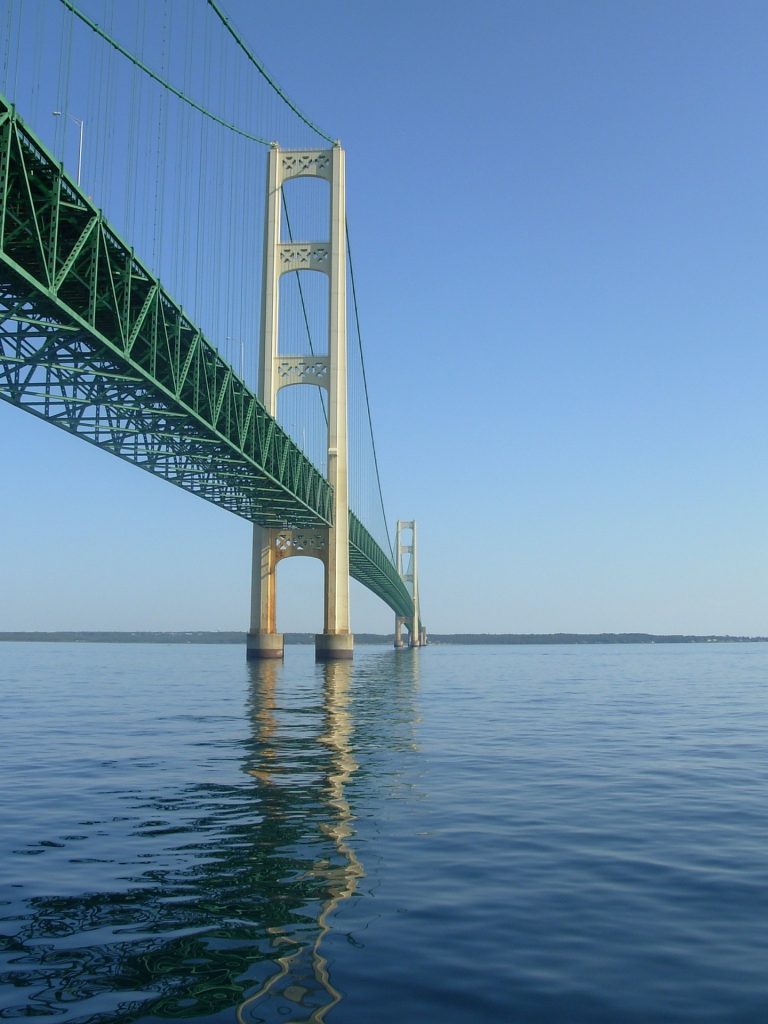
Driving in Michigan
Driving in Michigan can be a rewarding and enjoyable experience, but also a challenging and unpredictable one. Depending on the season and the weather, you may encounter different road conditions and hazards that require your attention and caution. Here are some tips and advice for driving in Michigan:
- Winter: Winter in Michigan can be harsh and long, with heavy snowfall, ice, and freezing temperatures. You should always check the weather forecast and the road cams before you travel, and be prepared for delays and detours. You should also equip your vehicle with winter tires, snow chains, and an emergency kit. You should drive slowly and carefully, and keep a safe distance from other vehicles. You should also avoid driving on bridges, overpasses, and ramps, as they tend to freeze faster than other roads.
- Spring: Spring in Michigan can be a pleasant and refreshing time, with mild temperatures, blooming flowers, and green landscapes. You can enjoy the scenic beauty of the state and explore its natural and cultural attractions. However, you should also be aware of some potential road hazards, such as potholes, flooding, and fog. You should always check the road cams before you travel, and be ready to adjust your speed and route accordingly. You should also watch out for wildlife, such as deer, that may cross the road unexpectedly.
- Summer: Summer in Michigan can be a fun and exciting time, with warm temperatures, sunny skies, and plenty of outdoor activities. You can take advantage of the state’s abundant water resources, such as the Great Lakes, rivers, and beaches, and enjoy swimming, boating, fishing, and more. However, you should also be prepared for some challenges, such as traffic congestion, road construction, and thunderstorms. You should always check the road cams before you travel, and plan your trip ahead to avoid peak hours and busy areas. You should also drive defensively and cautiously, and be alert for sudden changes in weather and road conditions.
- Fall: Fall in Michigan can be a spectacular and colorful time, with cool temperatures, crisp air, and changing foliage. You can witness the state’s amazing display of autumn colors, and participate in its festive and cultural events, such as the cider mills, apple orchards, and Halloween parties. However, you should also be careful of some dangers, such as slippery roads, reduced visibility, and frost. You should always check the road cams before you travel, and dress appropriately for the weather. You should also drive slowly and smoothly, and use your headlights and windshield wipers when needed.

